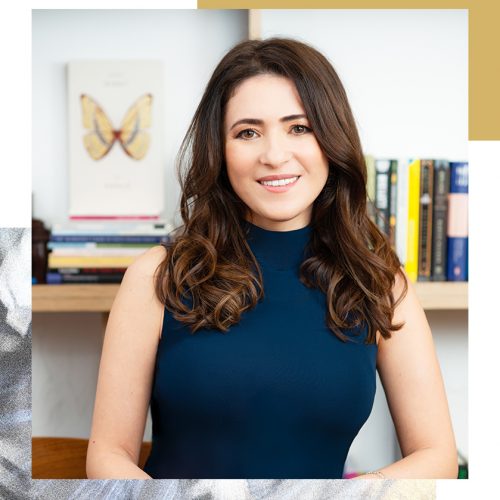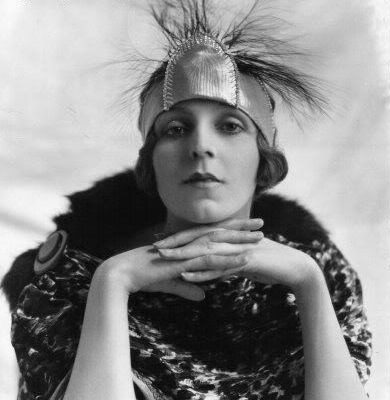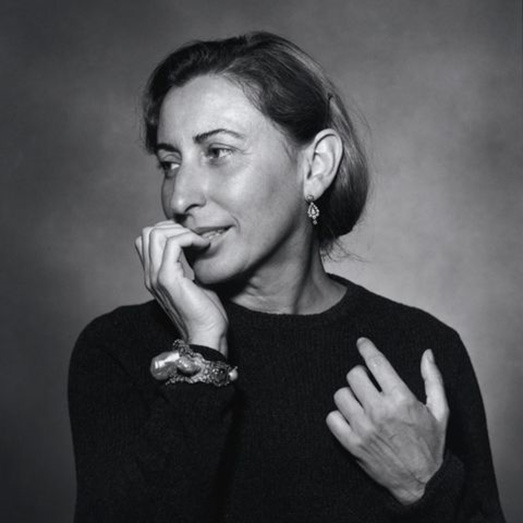Fashion and beauty have always been closely associated. In fact, in my forthcoming book Fashion Entrepreneurship, I talk about beauty as a complementary industry to fashion and demonstrate that both beauty and fashion entrepreneurs have shared a similar trajectory. Truly, one could say that entrepreneurs who launch either a fashion or a beauty business will share similar characteristics. It’s no surprise, then, that we see fashion brands also launching a beauty, and beginning with Paul Poiret, we see designers extending their brands into perfume, the most famous being Coco Chanel with No 5.
 Chanel No. 5. Photo source: Chanel
Chanel No. 5. Photo source: Chanel
If we look at history, we see how both industries have meshed starting early in the 19th century, when both beauty and fashion started to take shape in business form, moving from making concoctions in the kitchen (for beauty) and making clothes as a tailor (for fashion).
We are now seeing exciting new developments in the beauty industry, with independent and small beauty brands launching and even taking a share of the pie from existing big players. Let’s look at how they’ve accomplished that.
#1 Let frustration (and passion) drive you. By this, I mean frustration as an impetus to challenge the status quo. For example, the beauty company 4.5.6 Skin was launched as a line for melanin-rich skin, and it’s worth noting that 60 percent of the world population fits the 4.5.6 skin type. So recently, we are seeing more diversity, but not at the level it should be. Women were ignored by this industry, and this lack of satisfaction and lack of representation can lead to opportunity. As Noelly Michoux, founder of 4.5.6 Skin notes, says “Disrupt the industry. Don’t be afraid. [We] created products that are customized, and for their skin. Even ethnic-focused brands don’t have the capacity for R&D to make it tailored.”
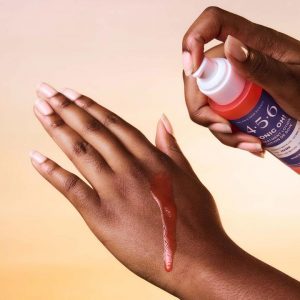 The 4.5.6 lotion. Photo source: 4.5.6 Skin
The 4.5.6 lotion. Photo source: 4.5.6 Skin
Halal brands are now launching too, and again, some of these brands were born of frustration because of an inability to find products that met the criteria. Some of the brands that have launched in this space include Amara, Tuesday In Love, Inika Organic, and Phb Ethical Beauty.
 Tuesday In Love is all about diversity.
Tuesday In Love is all about diversity.
Photo source: Tuesday In Love
Noelly Michoux explains, “You solve a need that nobody else could solve, and this frustration can be helpful to you. Let it drive you because you need to launch a product that answers to a real need.”
#2 Pivot. As a small brand during the pandemic, 4.5.6 launched, only to have the packaging supply company in Italy close for pandemic-related reasons. “We were supposed to launch in June 2020, and that didn’t happen. But the minute the French government gave the green light to go back to work, we were lucky enough to have our team continue construction. So we ended up solving our Covid-related issues; we found a small packaging manufacturer, got smaller quantities of frosted glass, and we bought a machine to actually personalize our packaging at the lab,” says Noelly Michoux. “There was a pause, but what you do? Think outside the box. [That’s] what happens when everything gets thrown at you, and that’s how you overcome it.”
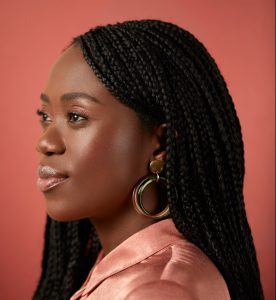
Noelly Michoux, founder of 4.5.6 Skin.
Photo source: Kiiona
#3 Uniqueness (and conviction) of your idea. You have to believe in it more than anyone else. The 4.5.6 brand is skincare, not a makeup line, and that’s a smart move because the Fenty brand (backed by LVMH) has already become a big player in the makeup space and has answered a need. So, what 4.5.6 has done is something quite unique, by entering the skincare segment for ethnic skin.
Tiffany Masterson, a former stay-at-home mum from Houston with no business (or beauty) experience, founded Drunk Elephant — one of the fastest-growing brands in Sephora’s history — in 2013 after identifying six common skincare ingredients she believed, after much research, were at the root of her own complexion issues. Since she could not find a single brand that did not formulate without at least one of her suspected offenders — silicones, essential oils, fragrance and dyes, chemical sunscreens, sodium lauryl sulfate, and alcohol — she created her own. And her skin changed.
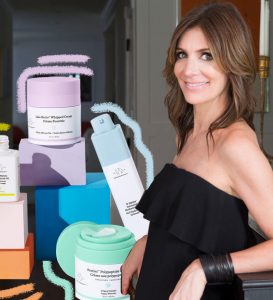 Tiffany Masterson, founder of Drunk Elephant.
Tiffany Masterson, founder of Drunk Elephant.
Photo source: YoYo Kulala
#4 Authenticity. Don’t do something because it’s trendy. Do it because it’s close to your heart, it’s your passion, and it brings you joy. If you read that clean skincare is on the rise, and you want to capitalize on this trend but it doesn’t actually set your soul on fire, it’s not going to work long term no matter how much capital and expertise you put into it. As with most things, you need to live and breathe what you love and keep working at it. It has to come from a very real place, and not just because it will make sense financially or trend-wise.
#5 Stay close to the consumers, engage, have a meaningful and open dialogue. This one-on-one, personal touch will make you stand out among the big corporations and big players. When Emily Weiss first launched Glossier in 2014, she partnered with UberRUSH and made a smattering of those first deliveries personally — the accompanying videos of which she naturally posted to Instagram right away, to the delight of an already rabid fan base. When legendary makeup artist Pat McGrath was launching her own makeup line, she invited her followers to interpret her themes and create their own looks using her makeup, the best of which she posts to her Instagram with her signature all-caps enthusiasm. Customer service is not about dialing a 1-800 number anymore. It’s about having a meaningful conversation on social media with your real customers, listening, and adapting.
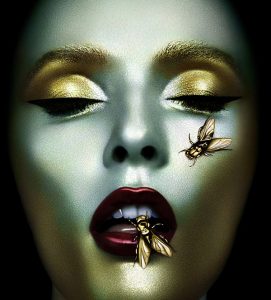 Pat McGrath makeup line launch.
Pat McGrath makeup line launch.
Photo source: You Magazine
